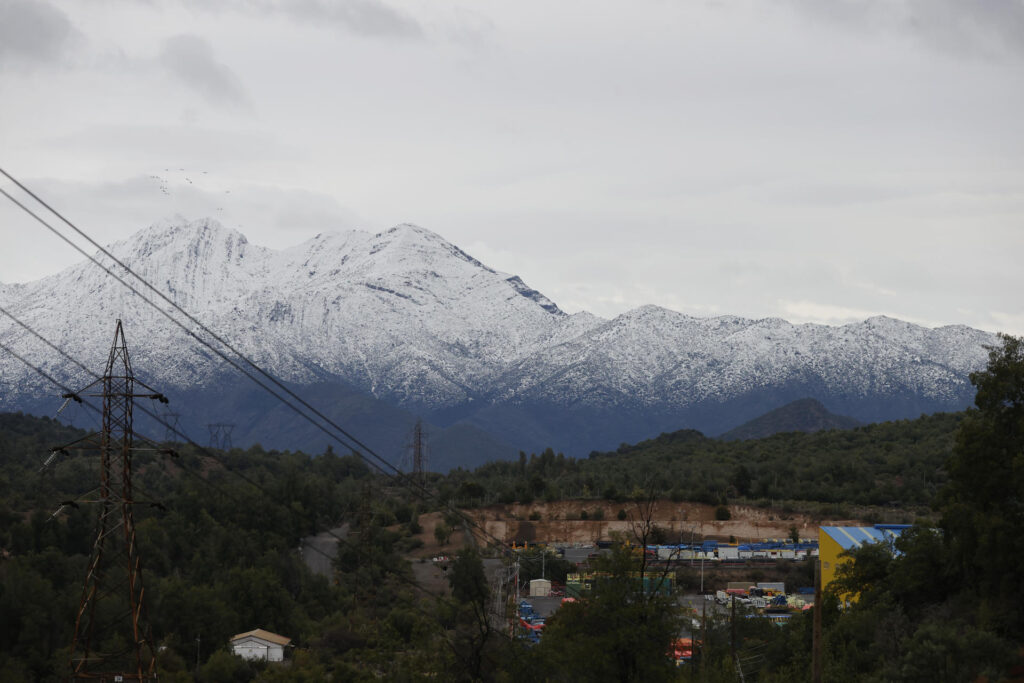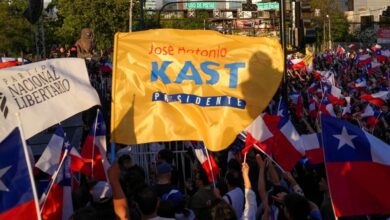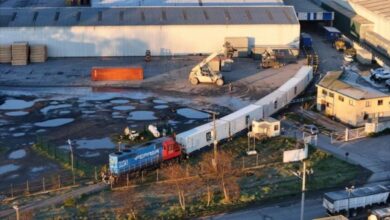Chile’s Copper Giant Mourns Five Miners Lost to El Teniente’s Deepest Danger

When a thunderous rockburst sealed five miners behind hundreds of meters of fractured andesite, Chile’s famed El Teniente mine was forced to confront the unrelenting price of copper—and a grief as deep as the mountain that claimed them.
A City Beneath the Peaks, Built on Ore and Grit
Chile doesn’t just mine copper—it lives by it. And nowhere is that truer than at El Teniente, the sprawling underground complex tucked beneath the Andes near Rancagua. Operated by state-owned Codelco, El Teniente is the largest underground copper mine on Earth, a place so vast that its 4,500 kilometers of tunnels stretch farther than the drive from Madrid to Moscow.
“It’s not just a mine—it’s a city with no sky,” said Juan Andrés Jarufe, a mining professor at the University of Santiago, in an interview with EFE. Deep inside, entire systems exist: workshops, train depots, emergency chambers, even cafeterias that feed thousands before and after every shift. On any given day, over 20,000 workers descend into its tunnels, helping maintain Chile’s position as the world’s top copper producer.
Block-caving—a technique that collapses rock chambers so ore can be collected from below—is the method of choice here. It’s efficient, powerful, and risky. “You’re creating underground caverns as big as a city block,” explained Jarufe. That scale also means stress builds—pressure that’s usually released gradually, but not always.
The Rockburst That Stopped Everything
On Thursday at 5:34 P.M., a sudden jolt rocked the Andesita sector of the mine, more than 500 meters below the surface. It wasn’t a typical tremor. The 4.2-magnitude rockburst shattered support walls, killing one miner instantly and trapping five others behind slabs of sheared andesite.
Inside the labyrinth, radios fell silent. Outside, families waited.
For Aquiles Cubillos, lead prosecutor for the O’Higgins region, the mission was grim and urgent. “We bored through dozens of meters of unforgiving rock,” he said, standing amid rescue maps and drill logs. Crews worked around the clock. Every update was heavy with dread.
By Sunday afternoon, the final body—Moisés Pavez—was found. The hope that had flickered for three days was extinguished.
This was El Teniente’s deadliest accident since 1990, when another rockburst killed six. Codelco suspended operations in the area and evacuated over 3,000 workers. A scheduled earnings report was scrapped; instead of profits, managers hovered over rescue timelines and maps littered with red flags.
A Legacy Forged in Progress and Peril
El Teniente has long stood at the frontier of underground mining innovation. Its 150-sensor seismic network, one of the most advanced in the world, detects even minute shifts in rock pressure. “If you want to test a new safety system, it usually gets tested here first,” said Arturo Belmonte, a mining systems analyst at the University of Concepción, speaking to EFE.
But not even technology can rewrite geology.
The investigation now underway will examine whether natural tectonic forces or blasting activity triggered the deadly event. In a country perched on the Pacific Ring of Fire, minor tremors are a daily reality, often so common they’re ignored—until one isn’t.
André Sougarret, former Codelco CEO and the man who led the 2010 San José mine rescue, told Tele13 Radio that El Teniente’s systems functioned exactly as designed. The problem wasn’t a missed alert—it was nature itself.
Still, questions remain: Were warning signs overlooked? Was the block-caving stress curve nearing a tipping point? Did procedures fail the five men entombed that evening?
As Carla Rojas, former vice president of Women in Mining Chile, told EFE: “Chile needs this copper, but not at the price of lives. Every fatality forces us to confront that tension—between output and human cost.”

Grief That Tunnels Deep—and Refuses to Be Buried
By Sunday night, families gathered at Caletones, the highland camp near the mine. The mood was somber, the grief heavy. Flags at Codelco flew at half-mast. Shift whistles were silent.
The toll: six dead—five in the rockburst, one killed instantly in the initial quake. And a hole in the community that no amount of copper can fill.
Codelco has pledged a complete internal audit, alongside support for the victims’ families and cooperation with prosecutors. But inside El Teniente, work continues. Elsewhere in the mine, automated loaders clear rubble, drills resume, and the conveyor belts that move Chile’s red gold keep spinning. The global thirst for copper—to wire electric vehicles, power solar grids, and build clean tech—doesn’t pause for funerals.
El Teniente’s history dates back to pre-Hispanic times, but it was U.S. engineer William Braden who industrialized it in 1905, giving birth to what would become the pride of Chilean mining. The pastel-colored mining town of Sewell, now a UNESCO World Heritage site, still clings to the slope above—the ghost of a different era when mining towns were entire worlds.
Today, most workers commute from cities, but the bond between town and mine remains unshaken—and so does the grief. “These men were part of a living monument,” said Manuel Viera, president of the Chilean Chamber of Mines, in remarks to EFE. “And now, their names are carved into the rock they tried to master.”
Also Read: Brazilian Giant O Globo’s Centennial Stirs Debate on Power, Press, And Politics
El Teniente’s tunnels stretch deep, but this tragedy runs deeper. The story of five men lost in the dark is now woven into the copper that leaves Chile for distant cities and digital futures. The mining continues, because it must. But their absence lingers in every echo of the drill, every creak of a conveyor belt, and every name whispered in memorial.
EFE provided all quotes and interviews.





